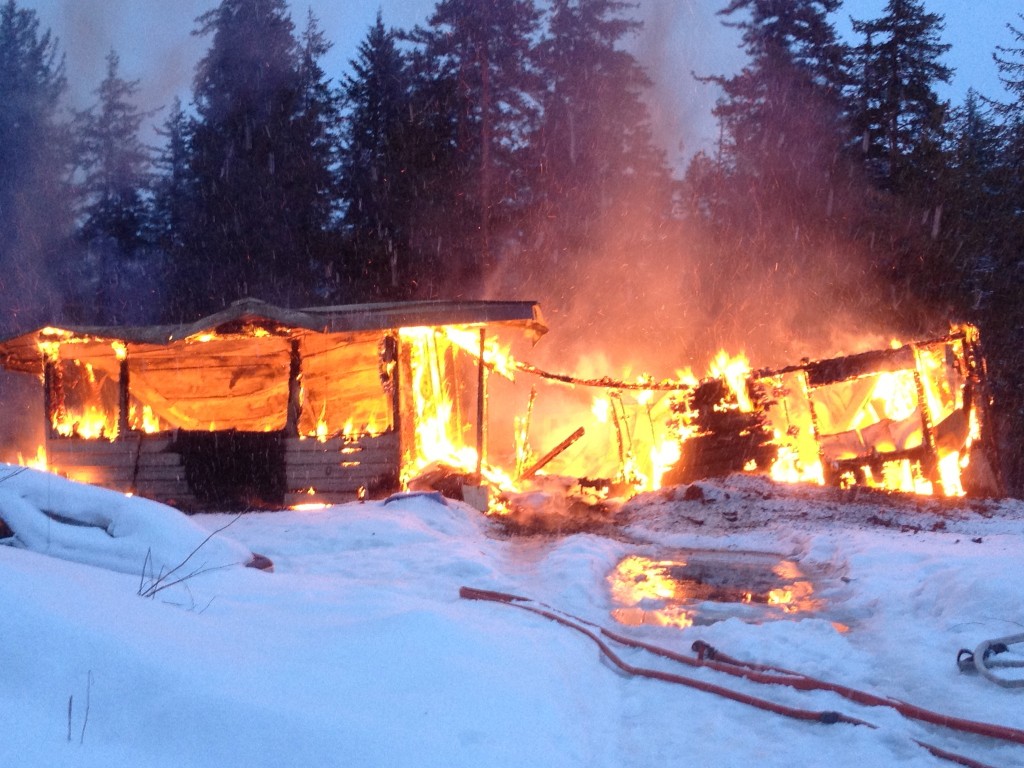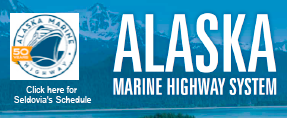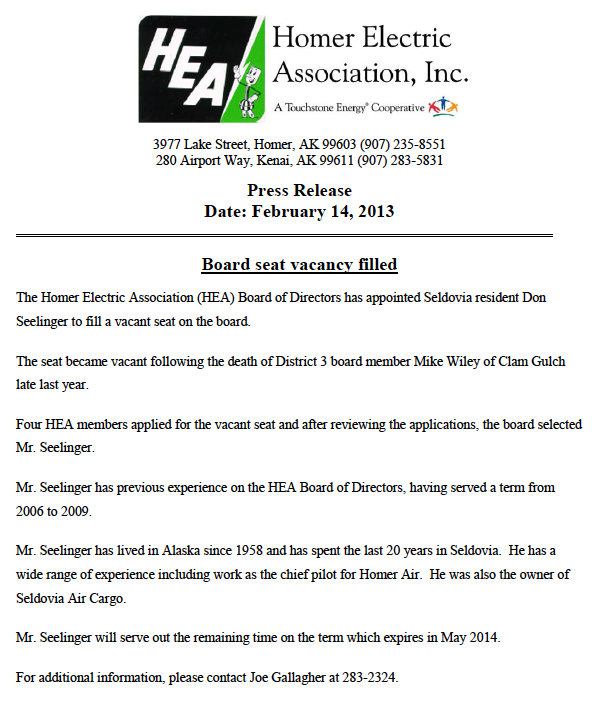Recent Articles
January’s Otter Times
Thanks to Lisa Stanish for coordinating kids and putting this great paper together for our school!
http://issuu.com/seldoviagal/docs/jan._seldovia_otter_times
Seldovia Fire Destroys Local Home
by Jenny Chissus, photos by Chaz Nichols
 On February 12, 2013, a fire broke out in a home on Jakolof Bay Road, destroying the whole structure and everything inside, a complete loss. Roger Wallin Jr., known in Seldovia as Audie, lost everything. Fortunately, there were no people or animals in the home at the time of the fire. Continue Reading
On February 12, 2013, a fire broke out in a home on Jakolof Bay Road, destroying the whole structure and everything inside, a complete loss. Roger Wallin Jr., known in Seldovia as Audie, lost everything. Fortunately, there were no people or animals in the home at the time of the fire. Continue Reading
One Chance to See the Sea Otters GIRLS Basketball Play on the Home Court
by Jenny Chissus
UPDATE: Noon Tuesday
CIA cancelled their trip over… Sorry ladies!!!
Don’t miss this single chance to see our Seldovia Sea Otter girls high school basketball team play on our home court – TODAY at 2:30pm at the gym against CIA.










 Seldovia Time
Seldovia Time





